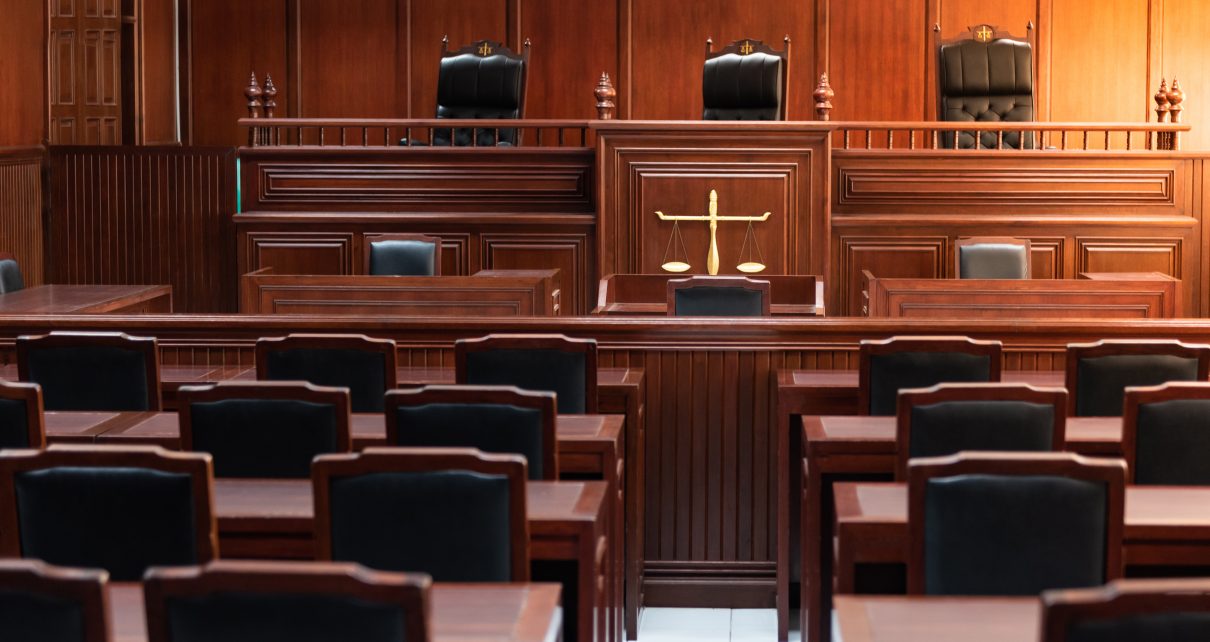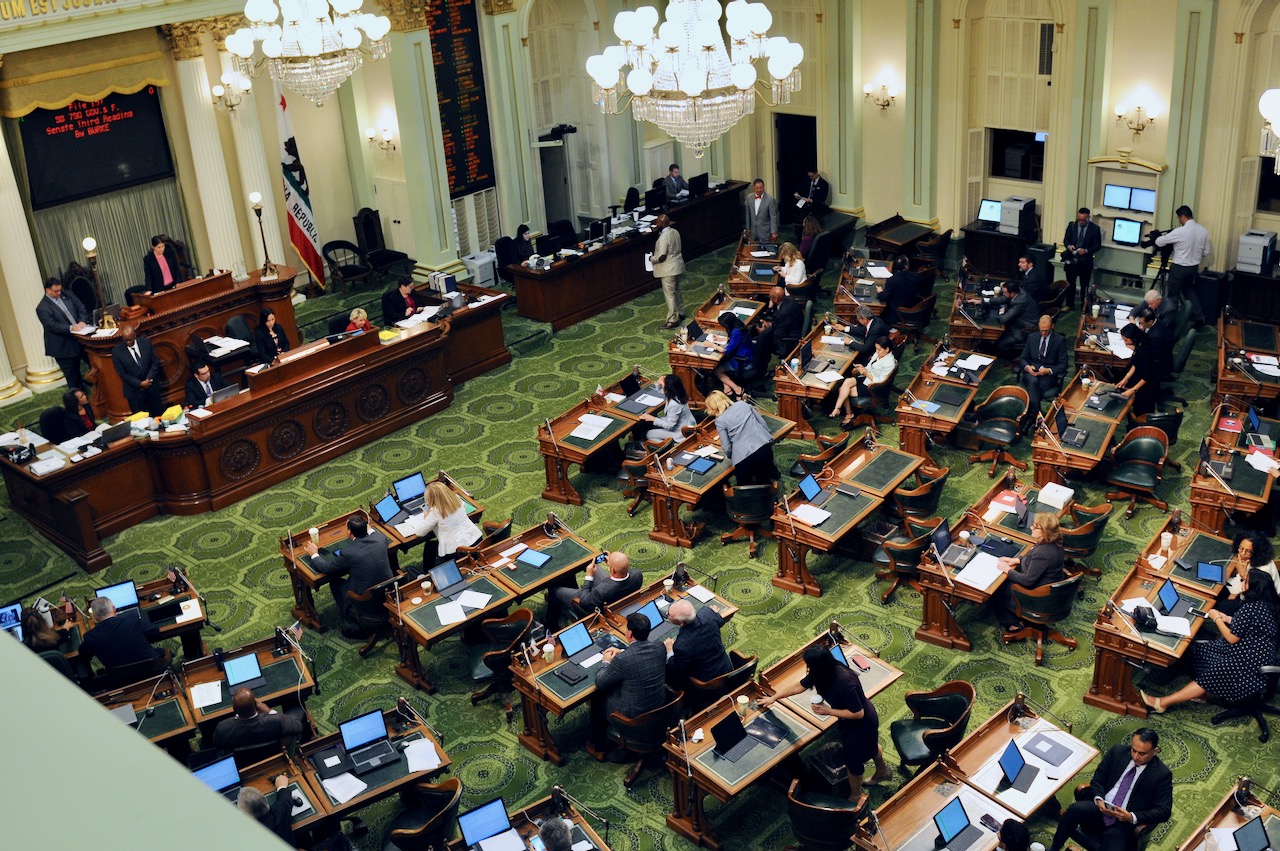
Justice Court. (Photo: Nirat.pix/Shutterstock)
Frequently Asked Questions about Judicial Branch Support Agencies
Who comprises the Commission on Judicial Appointments?
By Chris Micheli, June 29, 2024 2:30 am
California’s judiciary branch of government is supported by several important entities that assist the judicial branch in operating efficiently.
What is the Commission on Judicial Appointments (CJA)? The CJA is charged with reviewing gubernatorial appointments to the appellate courts in this state.
Who comprises the CJA? It is comprised of the Chief Justice of the Supreme Court, the Attorney General, and the most senior presiding justice on the court of appeal of the affected district (for a court of appeals appointee) or the state’s most senior presiding justice of the Courts of Appeal (for a Supreme Court appointee).
What happens with a gubernatorial appointment? When an attorney is nominated by the Governor, the appointee must be reviewed by the CJA. There is a public hearing that is held on the nomination so that the appointee’s credentials can be considered in a public forum. The appointment of a justice is effective once the commission confirms that individual.
What is the Commission on Judicial Performance (CJP)? The CJP is charged with overseeing judges in this state. As an independent state agency, it is required to investigate misconduct complaints against California judges and justices, and can discipline judges pursuant to the state Constitution (Section 18 of Article VI). CJP also shares responsibility for overseeing court commissioners and referees along with local courts, which is also pursuant to the state Constitution (Section 18.1 of Article VI).
What happens when a charge is filed against a judge? Once a formal charge is filed against a sitting judge, then the commission must conduct a public hearing.
What authority is given to the CJP? Pursuant to Section 18(d) of Article VI, the CJP has the authority to:
- Remove a judge or censure a judge or former judge for action that constitutes willful misconduct in office, persistent failure or inability to perform the judge’s duties, habitual intemperance in the use of intoxicants or drugs, or conduct prejudicial to the administration of justice that brings the judicial office into disrepute;
- Publicly or privately admonish a judge or former judge found to have engaged in improper action or dereliction of duty; and
- Retire a judge for disability that seriously interferes with the performance of the judge’s duties and is or is likely to become permanent.
Is there any review of CJP actions? Once the commission proposes to remove, censure, admonish, or retire a judge, such a ruling is subject to discretionary review by the Supreme Court.
Who comprises the CJP? The CJP is composed of the following 11 members: 3 judges appointed by the California Supreme Court, 4 members appointed by the Governor (2 attorneys and 2 non-attorney public members), 2 public members appointed by the Assembly Speaker, and 2 public members appointed by the Senate Rules Committee. These appointments are for four-year terms.
- Third-party Claims - January 6, 2026
- New Trials in California - January 5, 2026
- Property of Unincorporated Associations - January 5, 2026




